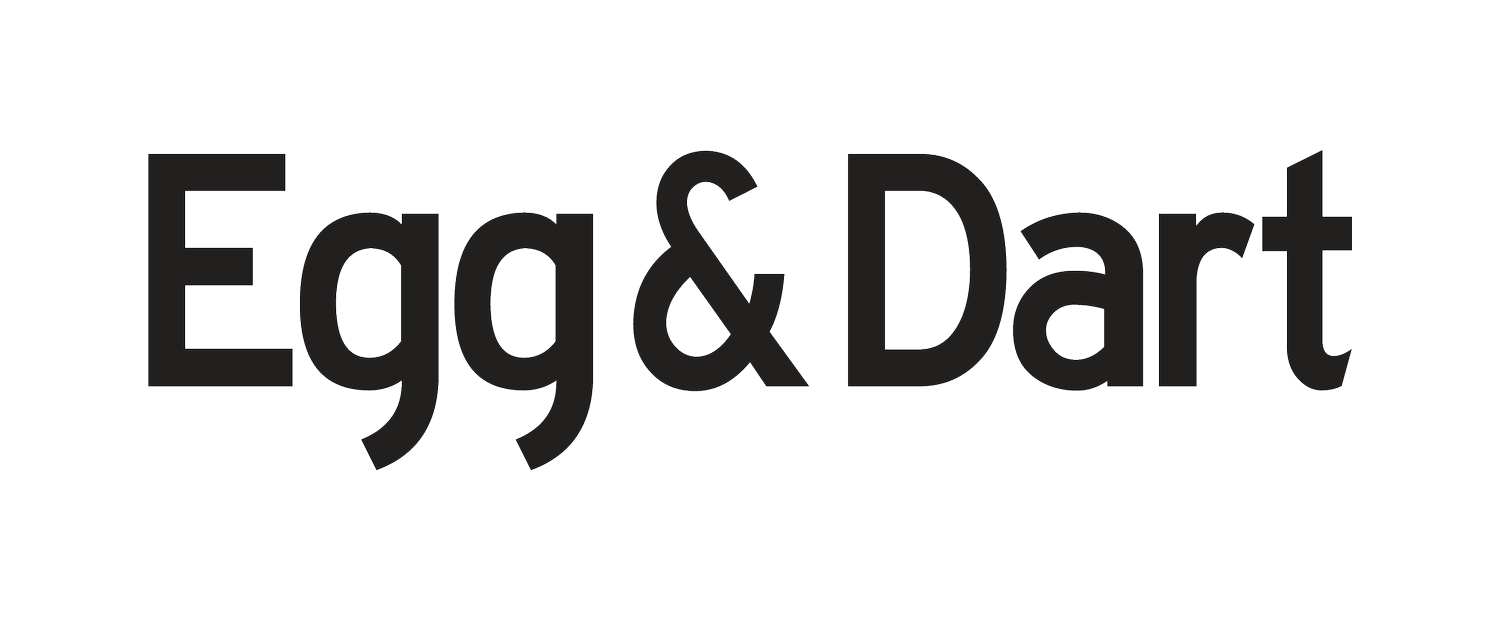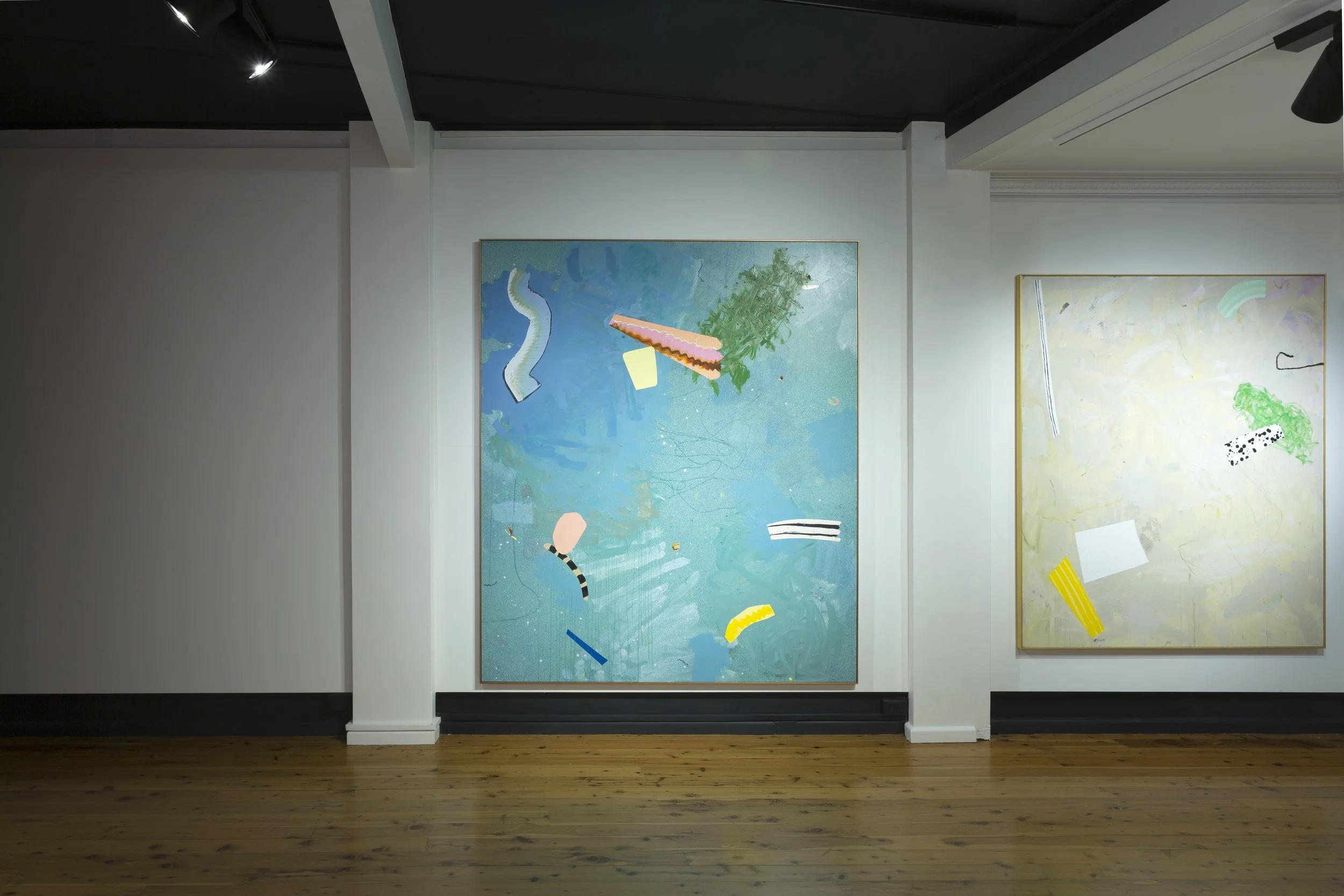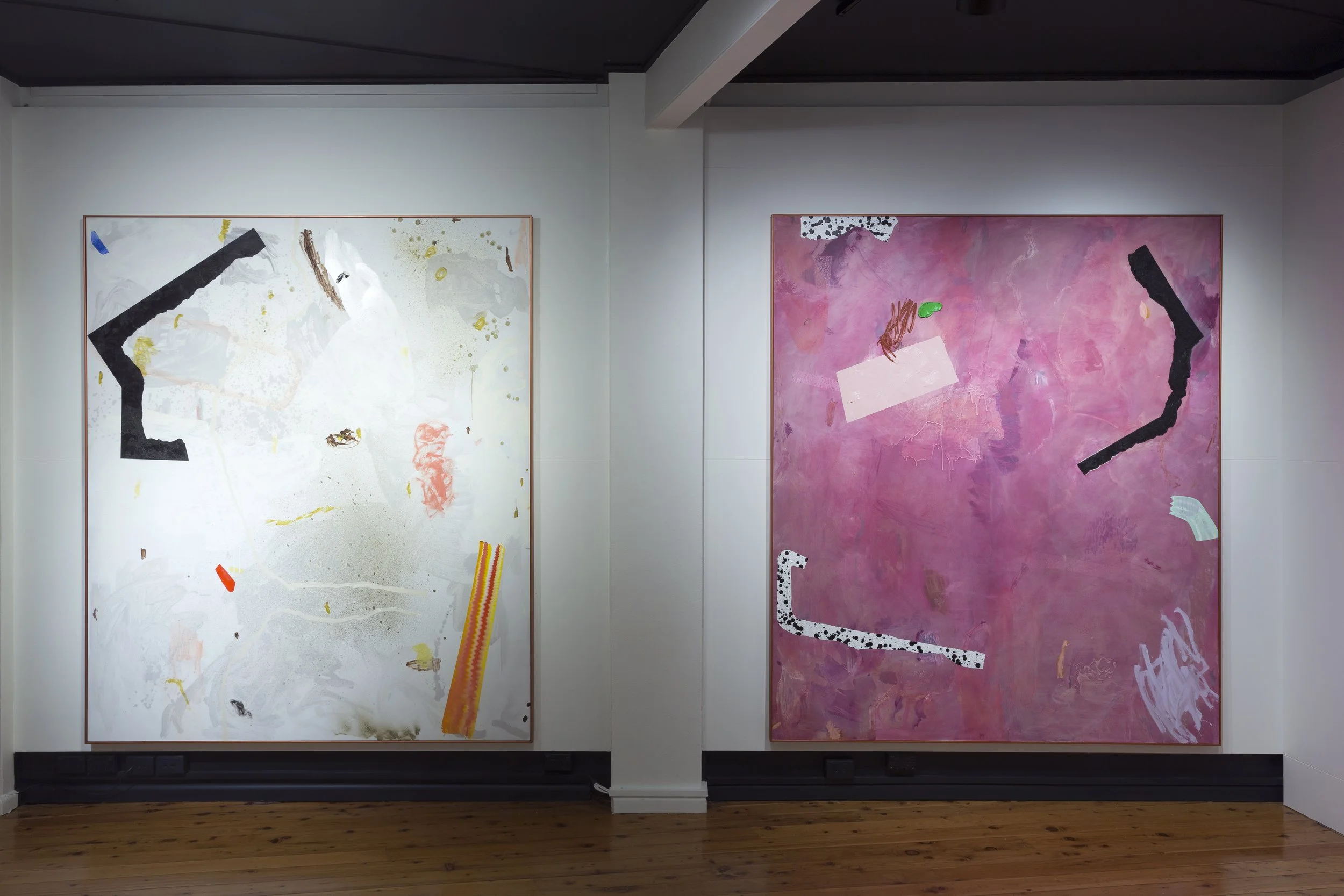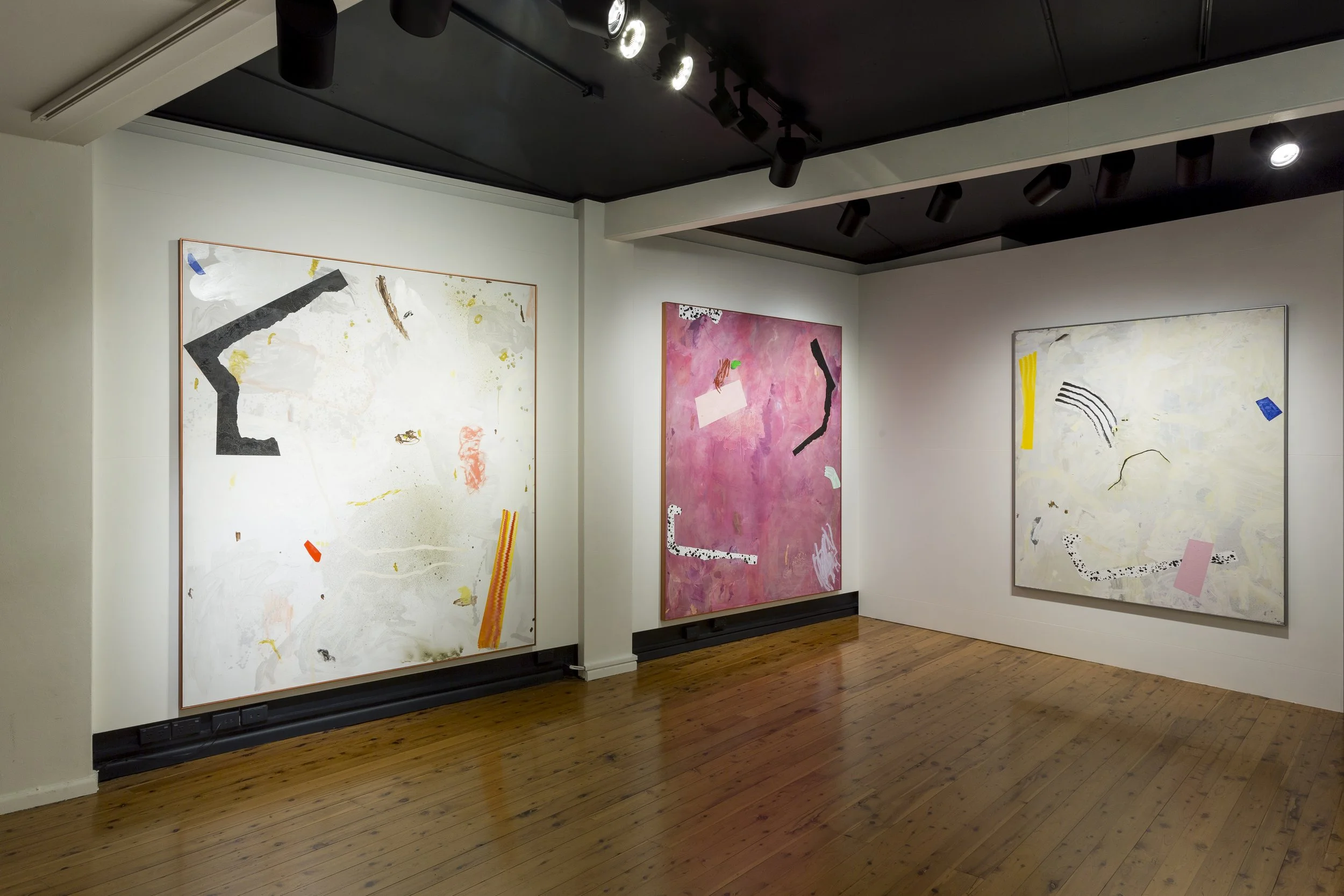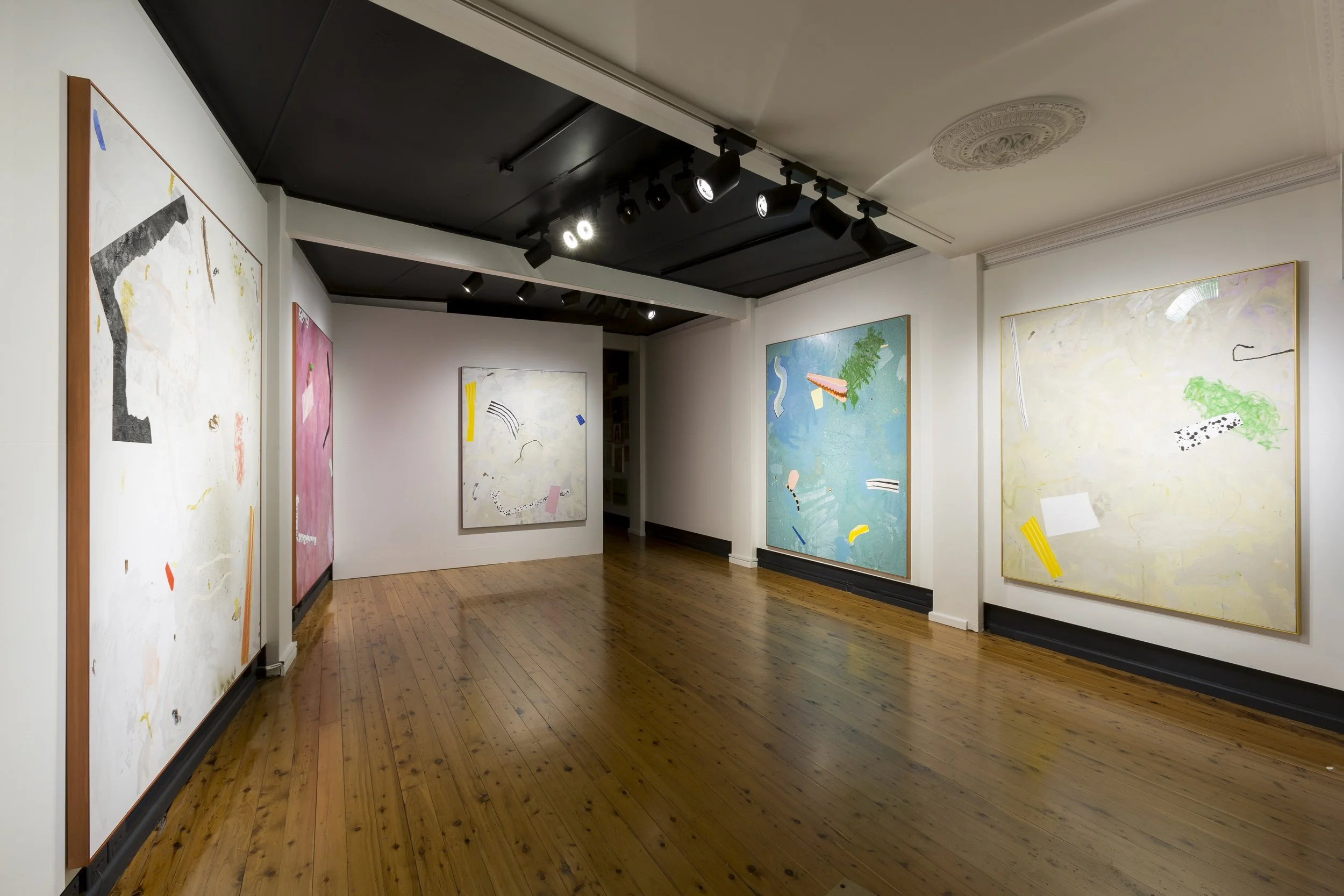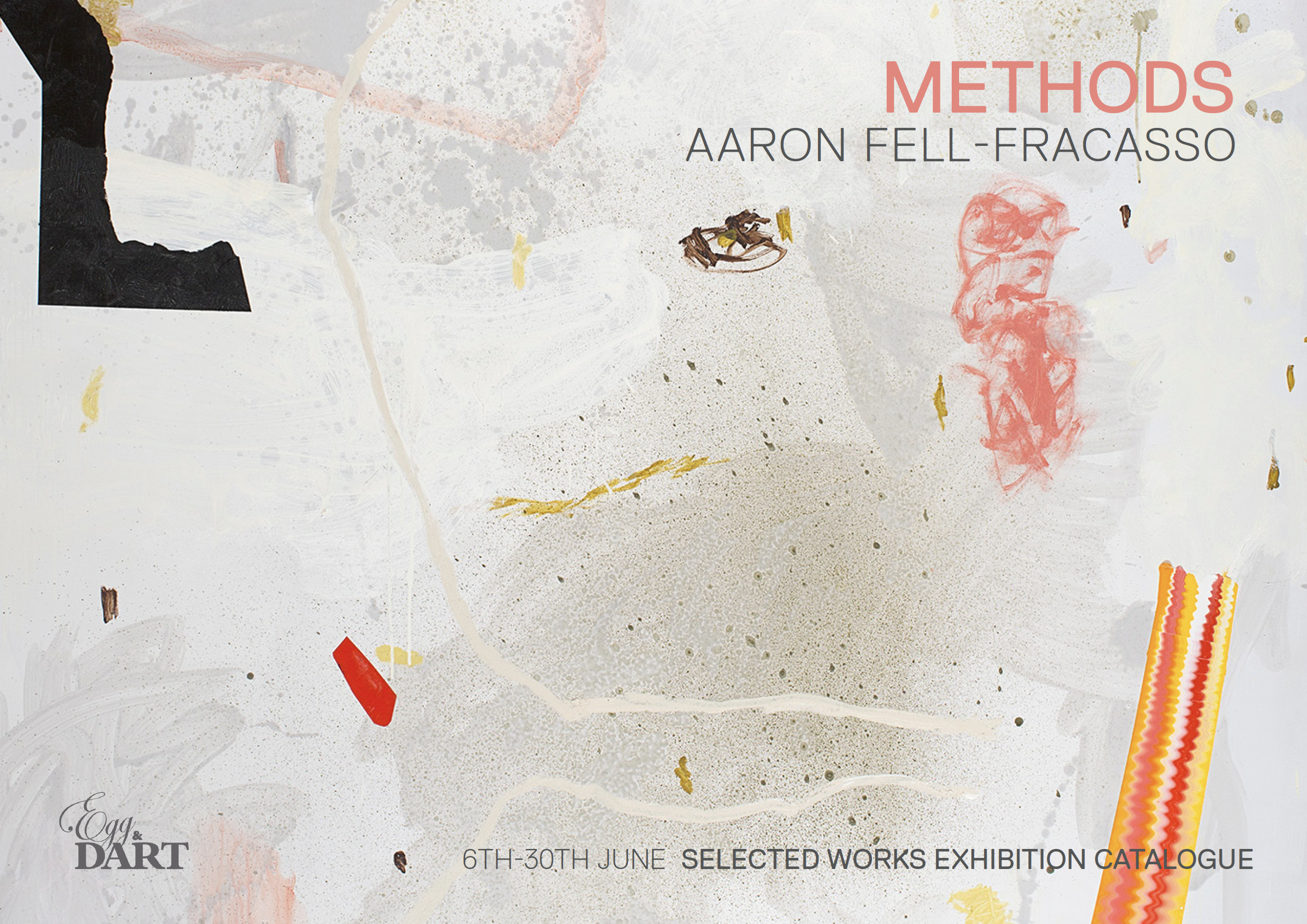Aaron Fell-Fracasso, whose paintings have reached wall-scale monumentality, operates with a mix of deliberation and chance. In the show Methods, he has loaded colour along studio-made implements, dragging across the painting to build a language of marks. An idiosyncratic shape might repeat and be referenced at a different scale elsewhere. A painted note nods to another in relation to palette or gesture or a streaked array in a similar hue
Fell-Fracasso’s earlier collage strategies are employed here but with more performative risk as they are enacted directly onto the painting. Colour associations are critical and while the artist speaks of getting the colour temperature right, his methods are relatively instinctive. There is rigorous colour swatching but this is more a process of improvised testing than a droll science of colour charts.
At the forefront of these works is the dynamic between pause and the moment of execution: in what sequence were these marks made? Is that a purposeful move or an incidental spill? And what’s the pre-history of these paintings? Studio visits revealed that these works began as textured base layers consonant with the pattern on old linoleum floors. They looked lovely, luminous with flat opaque shapes masked over sprayed base layers. But lovely really isn’t enough to solve the problem of painting – and so Fell-Fracasso has then repeatedly pushed back and modulated this ground. Through specific incursions he has affected scratches, scrapes, masked wads of chunky colour and dark chromatic greys that hover above this unstable surface at various gauges.
Pop-play squeegee marks pull rank on design fundamentals. In one work with a pale shifting ground, asymmetrical balance is pushed to the limit: a chunky black right-angle tilts at the corner of the frame. This frame-in-the-frame precariously balances against an almost vertical trowelled smudge in vermillion and warm yellow on the bottom right. Both large shapes just miss contact with the edges of the work. Earlier soft gestures suggest a high key colour field continuing beyond the edge of the frame, but these two, the black right-angle and the trowelled marks, assert – here ends the painting.
In parallel, Fell-Fracasso’s Methods presents a battle between completion and the open possibilities of non-objective painting. There is a vitality here suggestive of painting as an endless project. It has been a liberation in recent abstraction to understand that each turn in modernism was a door through which contemporary artists might push painting further. This has been met with expanded ways of seeing (e.g. digital), technical innovations, and particularly for Fell-Fracasso, an increased vividness of pigment, textural variation and new tools for paint application.
In a further painting the black right-angle turns another twenty degrees as other marks are flung about in its wake. Each painting renders a collection of moves momentarily paused that might then turn, fold and enmesh again into the field or perhaps sheer off the painting plane. It’s this uncertainty and dynamism that keeps Methods rich and open-ended.
-Melody Willis
